In recent years, artificial intelligence (AI) has begun to play a central role in the world of graphic design. AI tools such as image generators, creativity assistants, and automated design platforms are revolutionizing the way creatives approach their projects. But how does AI really impact visual creativity? Is it a threat, an ally, or simply a new tool?
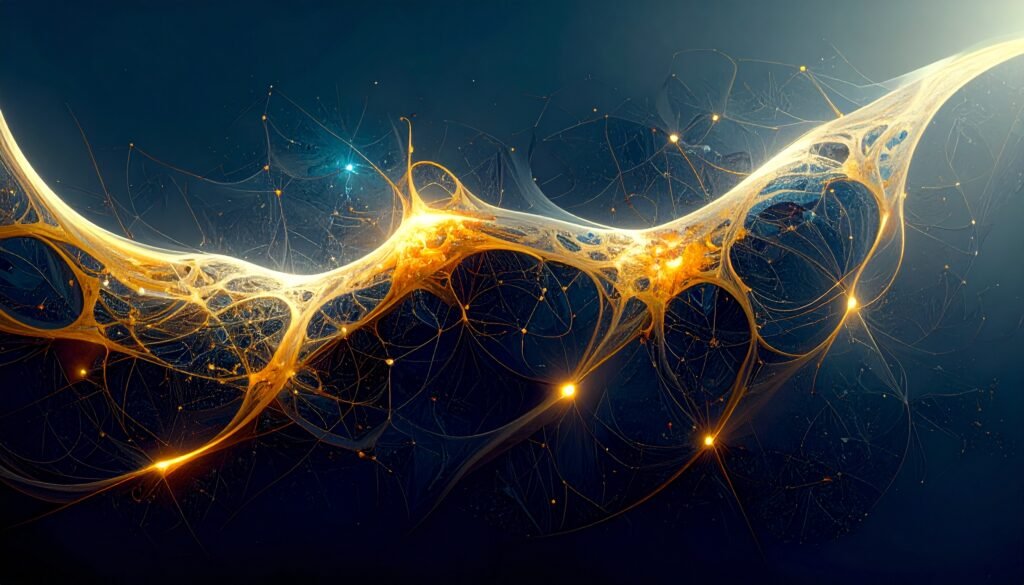
This fusion of advanced technology and artistic sensibility opens new doors where design is not only automated but reinvented, creating scenarios where human inspiration and artificial intelligence enhance each other.
The designer’s new ally: advantages of AI in the creative process
The integration of artificial intelligence into design has democratized creativity. Today, designers of all levels can access advanced technologies to streamline tasks, generate inspiration, and optimize their workflows.
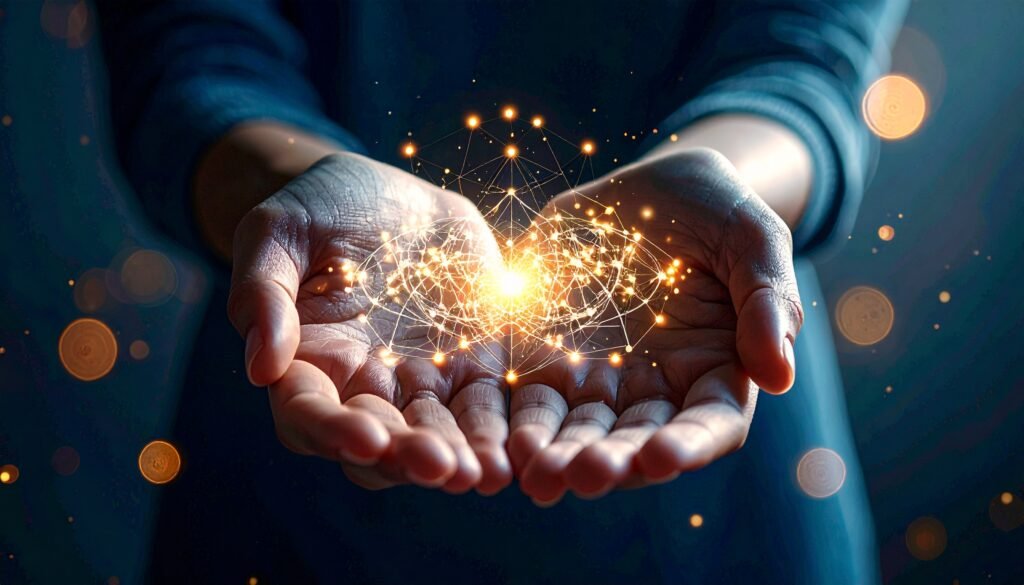
Currently, Adobe Firefly allows subscribers to choose from several image generation engines based on their preferences and projects. These engines include Nano Banana/Gemini 2.5 (Google), ChatGPT (OpenAI), Flux in different versions, Runway 4, and Adobe Firefly’s own advanced models, including those in the 4 Ultra series. This flexible selection is possible from the web environment or Adobe’s integrated applications, allowing users to customize the creative process and leverage the particular power of each engine according to their needs.
This means that the type of visual result—more artistic, more photorealistic, or faster—can be adapted by directly selecting the generator engine. Thanks to this integration and diversity, the creative experience becomes much richer and more in line with each designer’s style.
Automation of repetitive tasks
Tools such as Adobe Sensei, Canva Magic Design, Midjourney, and the recent Nano Banana and ChatGPT allow routine tasks such as image retouching, rapid visual content generation, and contextual suggestions to be delegated, thereby increasing productivity and allowing designers to devote time to more conceptual and strategic aspects.
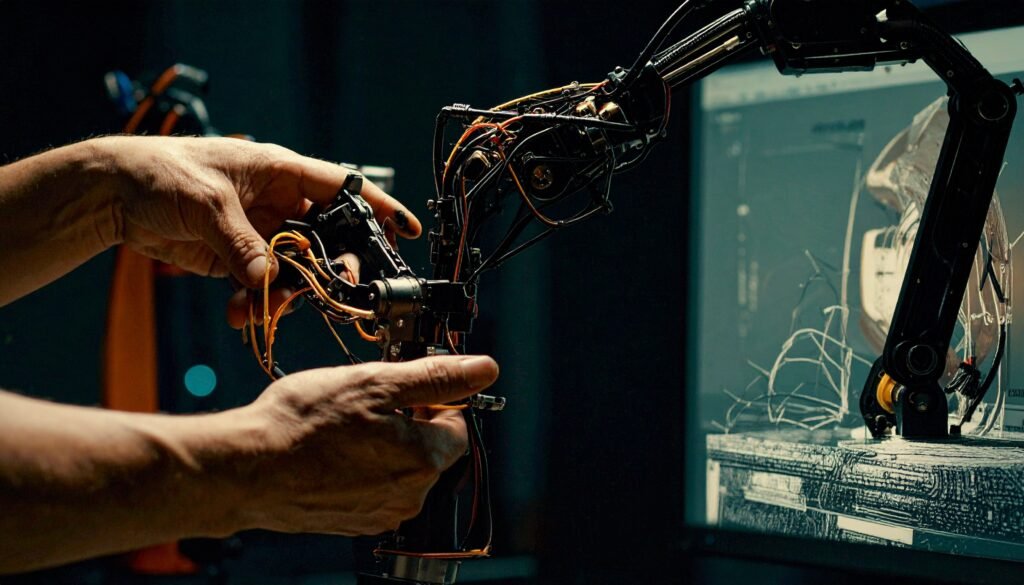
Automation not only speeds up processes, but also frees the human mind to focus on deep creation, where sensitivity and expert judgment remain irreplaceable. Platforms such as Nano Banana facilitate advanced editing through simple instructions, while ChatGPT complements this with support for ideas and workflows, creating an integrated ecosystem of intelligent productivity.
Idea generation and prototyping
AI can analyze design trends, visual styles, and even user preferences to propose visual ideas, color palettes, and personalized compositions. This does not replace human creativity, but rather enhances it.
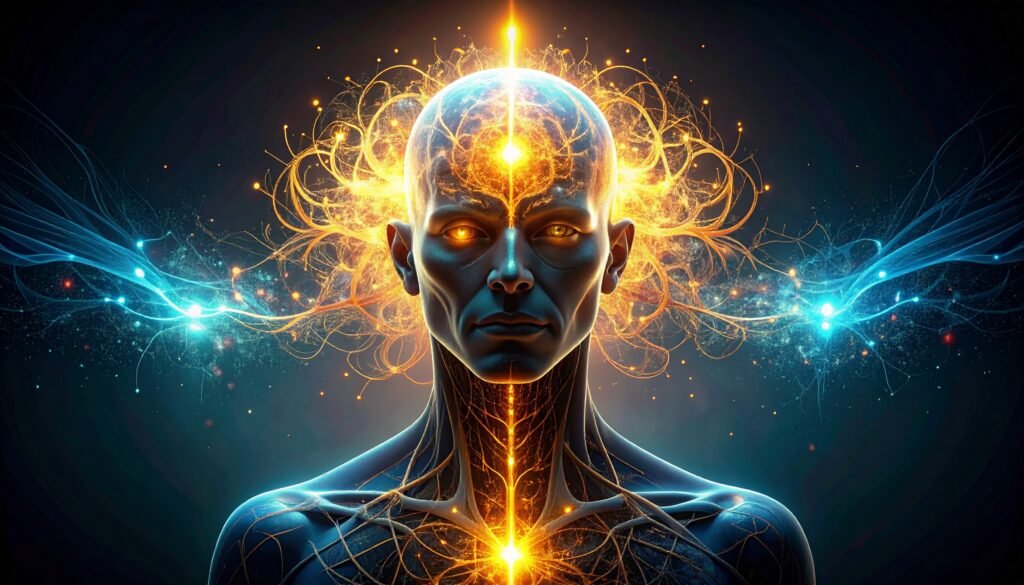
This collaborative process broadens the range of possibilities, making each prototype the result of an ongoing conversation between human intuition and computational analysis.
Accessibility and democratization of design
Now, anyone can create professional-quality visuals thanks to AI, removing technical barriers and expanding the field of design to new audiences.
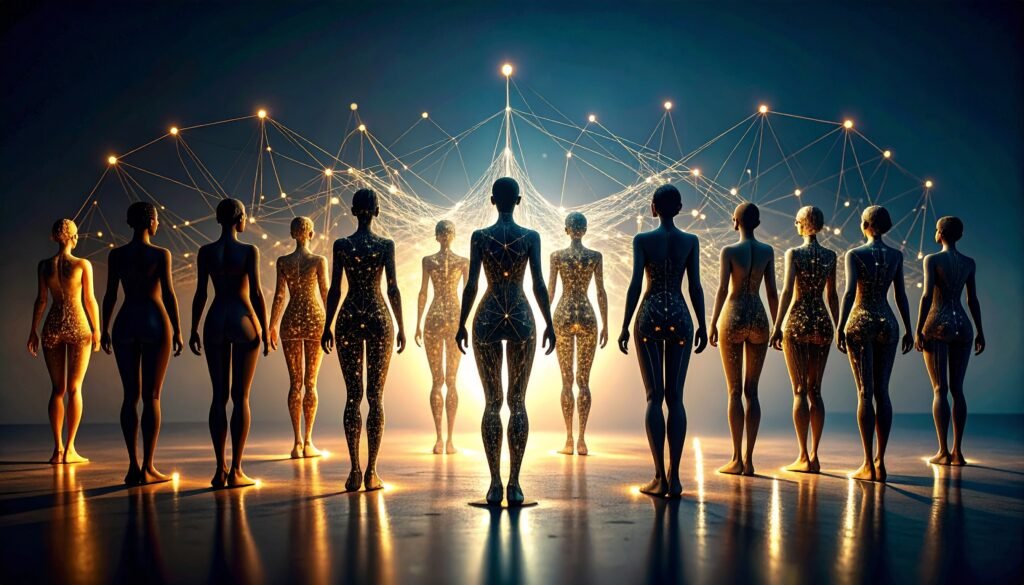
This democratized access transforms entire communities, allowing diverse voices to express themselves with a visual quality previously reserved for experts.
Creativity vs. Automation: Ethical Challenges and the Role of the Designer
Despite the benefits, automation generates debate. Does it dilute the designer’s unique creativity? What happens to copyright when AI interferes in creative processes? These issues highlight the importance of designers maintaining an active role, curating and guiding the proposals generated by technology.
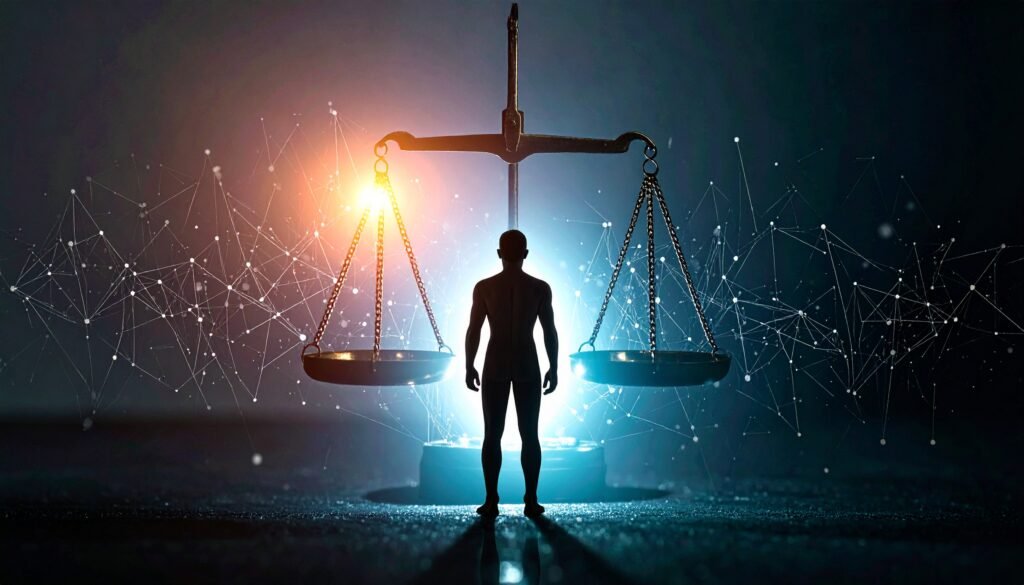
The designer must be the guardian of creative integrity, ensuring that artificial intelligence is a tool used in accordance with ethical principles, respecting authenticity and originality.
The future: human-machine collaboration
The future of graphic design will be collaborative. AI platforms will continue to evolve, and creatives who learn to integrate them into their methodologies will be able to stand out for the speed, innovation, and personalization of their projects. Adopting AI does not mean giving up creativity, but rather daring to explore new paths and redefine the limits of visual creativity.
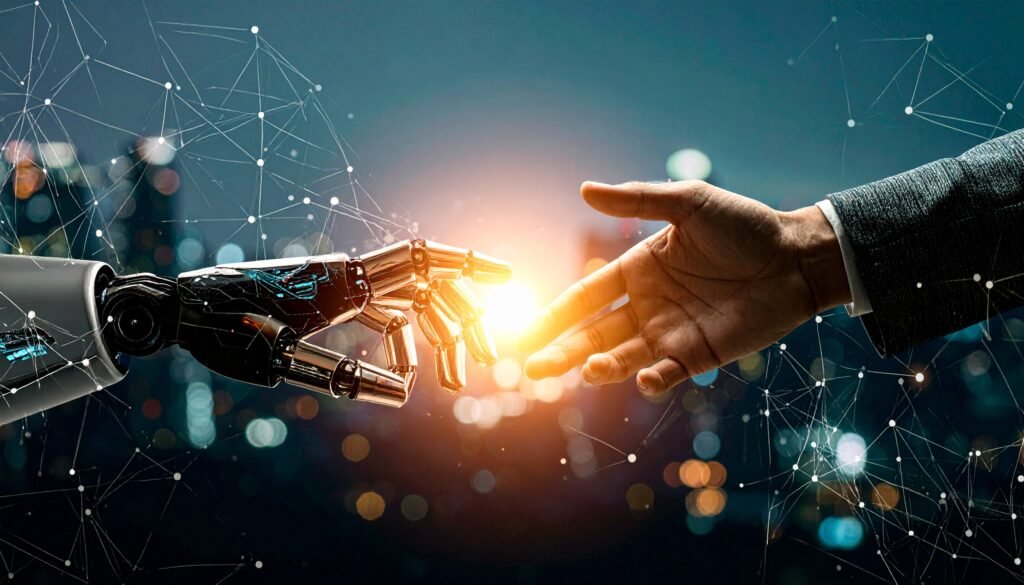
The real creative leap lies in the perfect synergy between human intuition and the analytical power of machines, giving rise to a new paradigm designed to transform visual experiences.
Final reflection
Artificial intelligence is not a replacement for human creativity, but rather a tool that invites us to rethink how we understand the creative process. In this new scenario, originality and artistic sensibility remain irreplaceable, but now new paths can be explored thanks to the power of technology. The real challenge lies in finding the balance between automation and sensitivity, ethics and experimentation, so that design remains not only a craft, but a genuine expression of human beings in collaboration with their digital creations.
This dialogue between man and machine challenges us not to fear change, but to embrace its possibilities and transform the future of visual creativity together.
AI tools for graphic design in 2025
Artificial intelligence is not only transforming creativity, but also how we work. Here are some of the most important tools for designers in 2025 that boost productivity, simplify processes, and expand creative possibilities:
• MidJourney: Visual inspiration to unlock creative ideas with high-quality artistic results.
• Canva Magic Design: AI-assisted design to speed up creation with smart templates.
• Adobe Firefly: Advanced generation and editing integrated into Creative Cloud with options from different AI engines.
• Nano Banana (Google Gemini 2.5): Fast and advanced image editing with simple instructions.
• ChatGPT: Assistance in generating texts, ideas, and creative flows to accompany designs.
• Runway ML: Creation and editing of audiovisual content with generative AI.
• Figma with AI: Smart suggestions for composition, palettes, and typography in real time.
• AutoDraw (Google): Hand sketches converted into professional illustrations using machine learning.
• Remove.bg and Let’s Enhance: Automatic background removal and image quality enhancement.
These tools represent a new era for designers seeking to optimize their workflow without losing their creative and human essence.